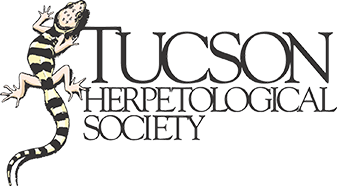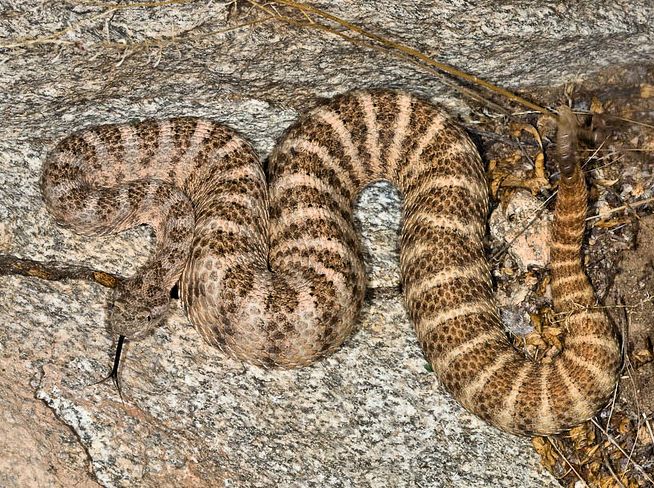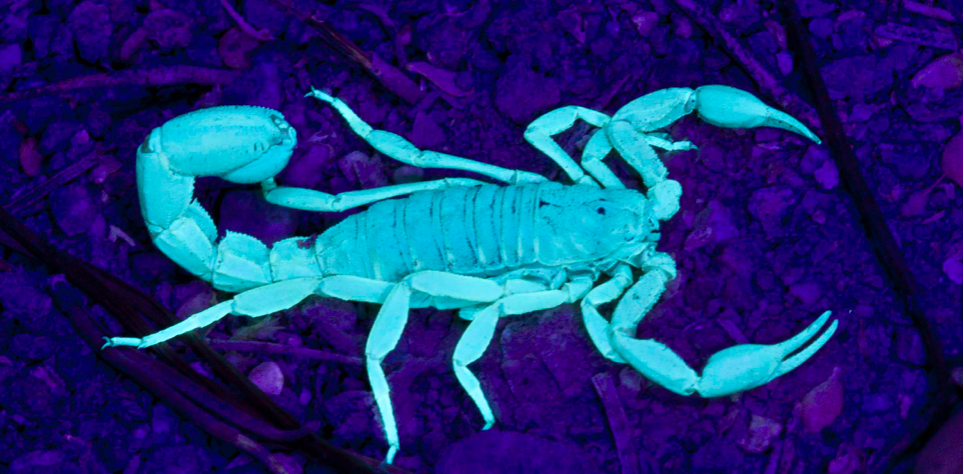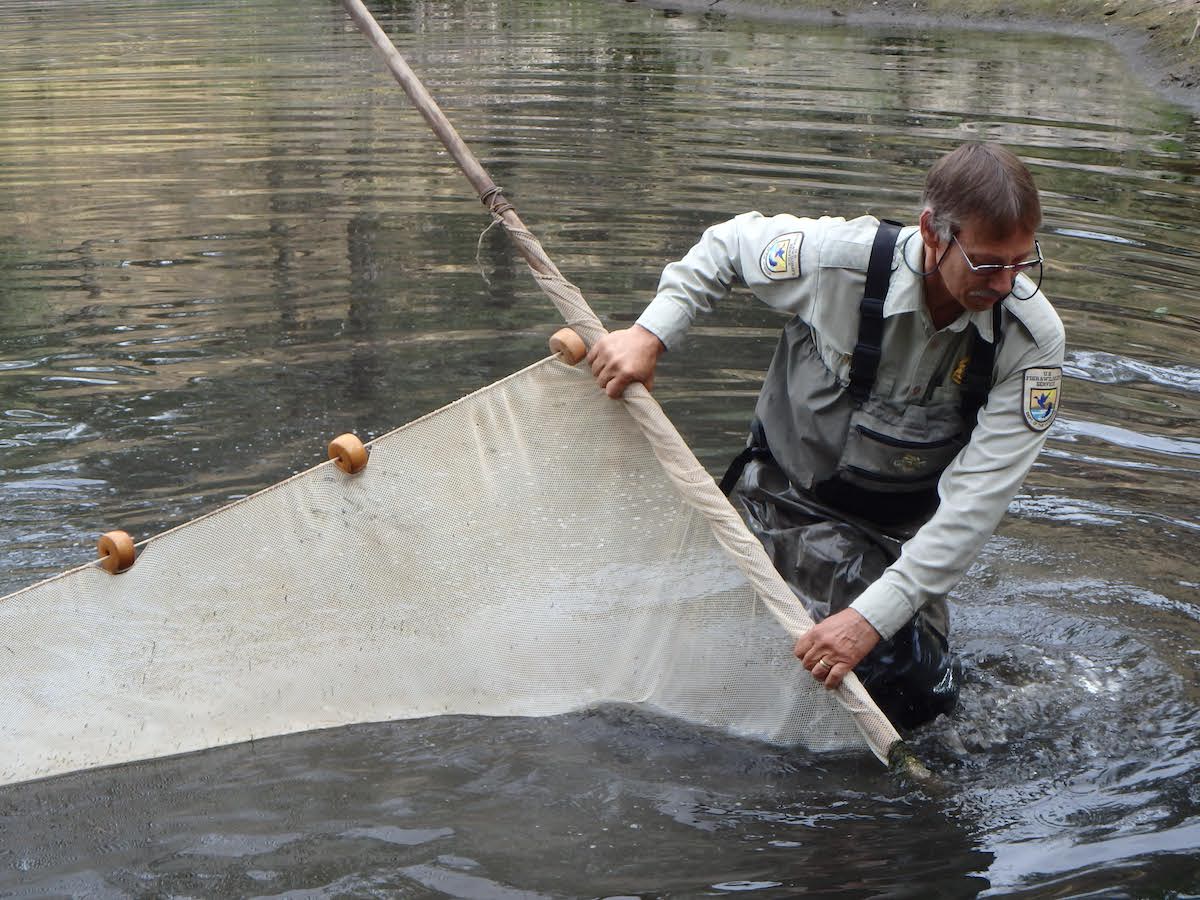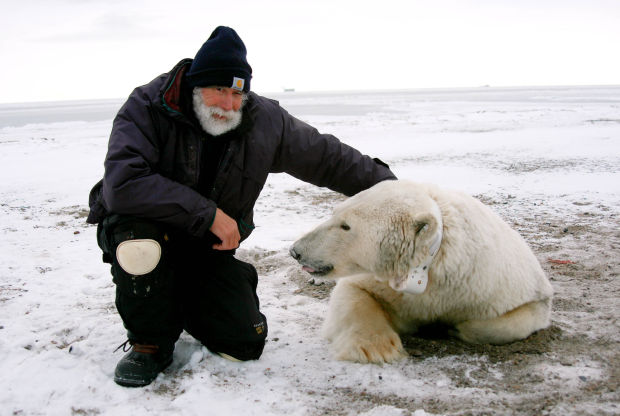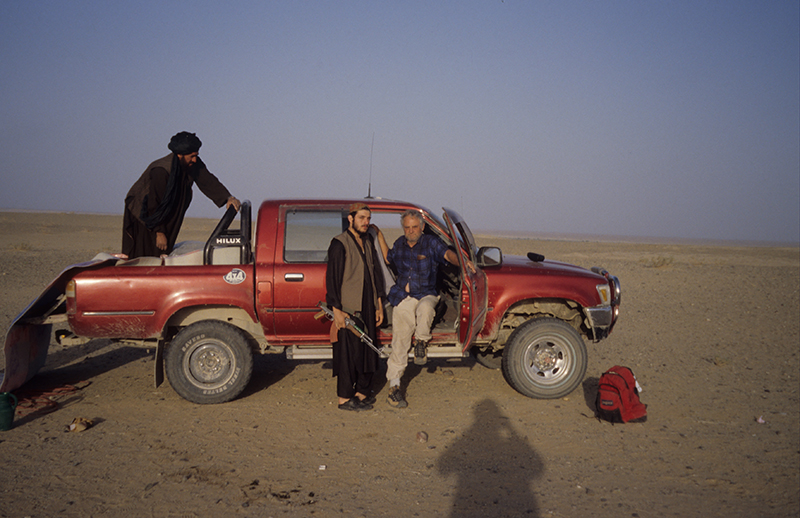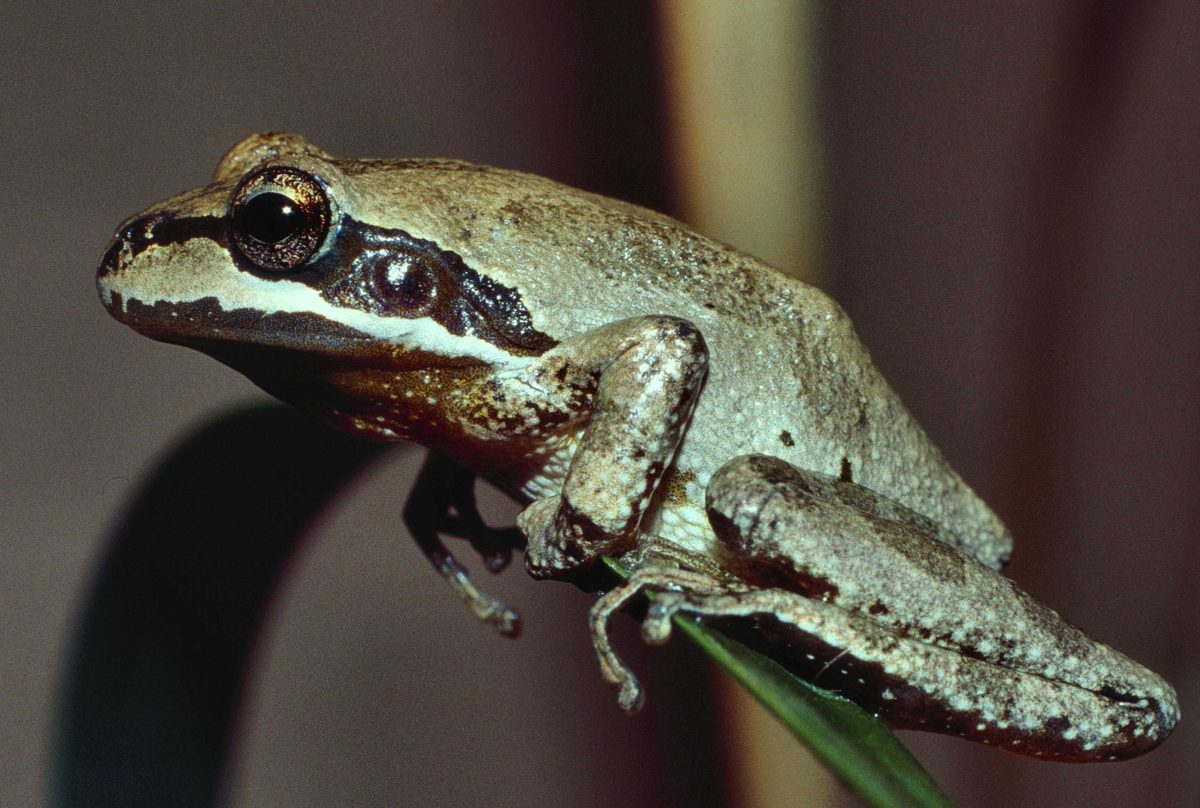2025 THS Officer Slate
2025 Slate Statements
Robert Villa
Nominee for THS President
I am a native Tucsonan with several years of experience as a naturalist, field biologist, ethnobiologist, and consultant for media projects in the Sonoran Desert region. I am running as incumbent President of the THS, and have enjoyed leading the THS in a way that is concerned with public outreach, and international conservation and research. In 2025 I plan on encouraging interested members in public outreach and involvement in the THS, offering more field trips, continuing to collaborate with Mexican colleagues, and begin conversations with the Tohono O’odham community and Nation about potential collaborations. My favorite herp is the one that I’m able to observe or help out of harm’s way.
Patrick Brown
Nominee for THS Vice President
As the current Vice President of the Tucson Herpetological Society (THS), I am honored to submit my candidacy for re-election. Serving in this position has provided me with invaluable opportunities to build relationships with people and organizations that share our mission of conservation, outreach, and education. These connections have allowed us to further our impact in the community and in the field, aligning with the core values of the THS. Over the past year, I’ve had the privilege of participating in fieldwork, including the Ditmars Horned Lizard expedition and the Bolson Tortoise field trip. In addition, I organized, facilitated, and/or volunteered at numerous outreach events, such as the Tucson Reptile Expo, the University of Arizona Festival of Books, and a variety of STEM initiatives at schools and within the community. These efforts are part of my ongoing commitment to increasing awareness and appreciation for herpetology. Looking ahead, my primary goal is to enhance engagement from our membership, particularly in our outreach and education efforts. I aim to improve our outreach materials and displays, while strengthening our relationships with conservation, natural history, and educational organizations. I believe we can achieve even more by working together and expanding our presence in the greater Tucson area. My experience in the field of herpetology spans a variety of research projects, including Madrean montane rattlesnake research and amphibian studies in southern Arizona. My passion for herpetology was instilled in me at a young age, influenced by my father, who is a lifelong herper and naturalist. In recent years, I have enjoyed participating in THS outreach events, particularly those involving children, as I believe engaging young people is key to building future conservationists. If I had to choose a favorite herp, it would undoubtedly be the rattlesnakes. They are often misunderstood but are incredibly fascinating creatures with remarkable adaptations. Their diversity and ecological significance continue to inspire my work. I hope to continue serving as your Vice President and look forward to the opportunity to further the important work of the THS.
Maggie Fusari
Nominee for THS Treasurer

I have served the THS as treasurer for nine years (2015-2024) and wish to continue for at least another year (2025). I am seeking a person with the skills and the will to join me and train as a future treasurer. I retired from 27 years at UC Santa Cruz where I served as Director of the Natural Reserves and Lecturer for Environmental Studies and Biology. I am a herpetologist, environmental physiologist, biologist, and educator. I came to Tucson in January 2010 from two years in Peace Corps, México. I now serve as a Docent for the Arizona Sonora Desert Museum and as a board member of the Desert Tortoise Council. As Treasurer I provide financial reports and present a tentative budget each year to guide THS spending and fund raising. I am known to provide frank input at board meetings. I have also spent a lot of time working on THS infrastructure hoping that we can increase our income and improve our operations. According to our Constitution and By Laws I am also responsible for our memberships and the operation of the online database. For this, and for support for improving our income and operations, I must call on volunteers for help. If you are interested in helping out in whatever capacity, please contact me.
Karen Watson
Nominee for THS Secretary
Actually, just being a part of THS is what I like the best. This position provides me the opportunity to meet many new people and have enriching experiences with other folks that share a passion for herpetology. Being an officer allows me to gain more knowledge through other officers and members. This past year, I have not accomplished as much as I wish, due to my work schedule. I have taken over the merchandise role, which I like. I have also gained a larger overview how THS works and the overall relationship of each of the officer’s tasks. My goals for next year are to be better organized to answer THS emails and be more on top of merchandising. If my work schedule permits, attend more bimonthly meetings. My experience in herpetology is lifelong. Bringing blue racers home at the age of 4-years-old. This passion of many, many years lead me to obtain a master’s degree in Environmental Studies with a concentration in herpetology at the age of 55 and beginning a whole new career. Part of this path included an internship at the Kentucky Reptile Zoo and the Brown Tree Snake project in Guam. The experiences of the past 7 years have helped me arrive at my current position as a field biologist for the Amphibian and Reptile Conservancy. All herps, all the time!! My favorite herp is a Protobothrops mangshanenesis, a Mangshan pit viper. Adorable!
Cassidy Lee
Prospective Director
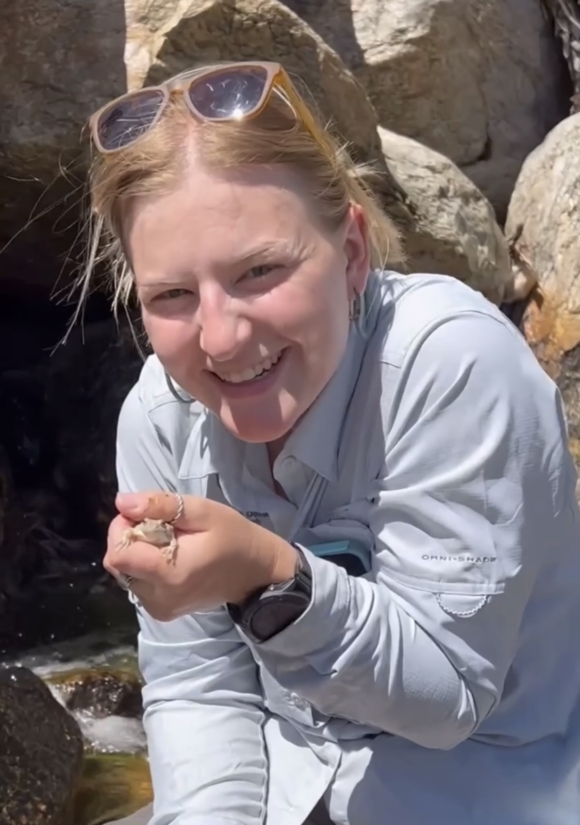
My passion for herpetology began at a young age in Alabama, where my dad and I would capture tadpoles from our backyard pond, studying their metamorphosis each week. This fascination has blossomed into a fulfilling career; I now capture and study tadpoles professionally. Since 2018, I’ve immersed myself in the field, starting with volunteer field trips for frog surveys and bullfrog trapping through my college biology club, then working in multiple university lab’s and non-profit groups. Currently, I work with frogs and toads in our National Parks, and volunteer with The Catalina State Park Nature Program. I want to be on the board of the Tucson Herpetological Society (THS) because I believe in THS’s missions in conservation, research, and education. I am convinced that the key to protecting reptiles and amphibians for generations lies in effectively communicating research findings to the public. THS plays a crucial role in this by funding innovative research and translating it into engaging educational outreach, and I am excited about the opportunity to contribute my expertise and passion to advance these vital initiatives.
Ryan Perry
Prospective Director
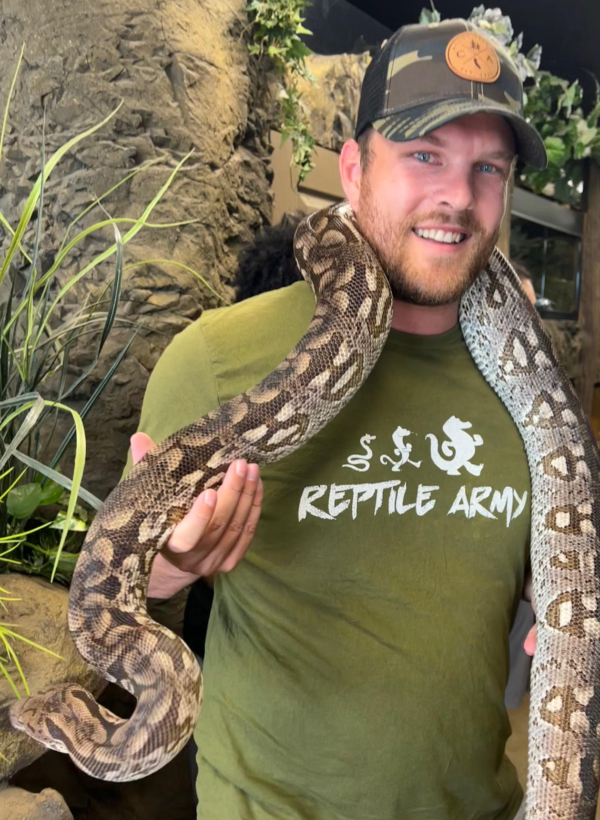
Dale Turner
Prospective Director
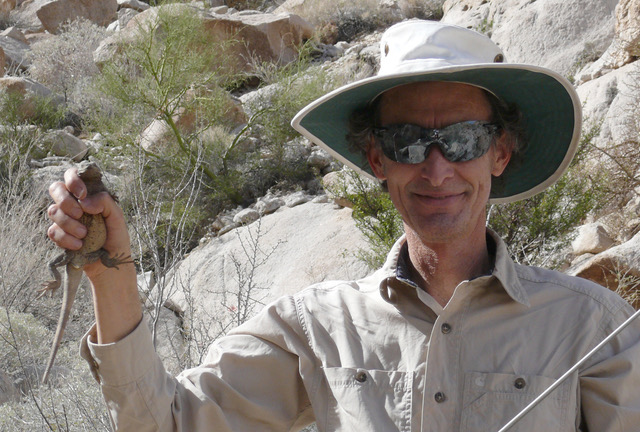
I am a long-time member of Tucson Herpetological Society. Trained in herpetology at University of Arizona, I recently retired from a career in conservation that included stints with the National Park Service and two decades with The Nature Conservancy. I bring both academic and field-based knowledge of reptiles and amphibians, having worked throughout southern Arizona and northern Sonora, and been lead or coauthor on many peer-reviewed articles, book chapters, and technical reports. I have experience with a variety of nonprofits, having been among the founders of Sky Island Alliance and serving on its board for 20 years. I served on the board of THS from 1997 to 2001, including terms as President and Vice President. If elected to this board again, I will bring my experience with conservation issues and strategies into discussions about how THS can be most effective in current and potential projects.
